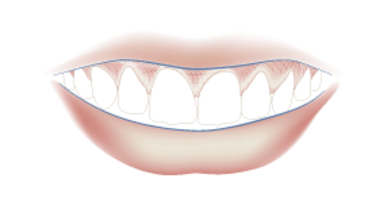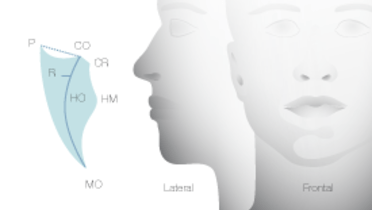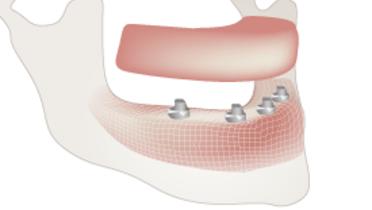-
0
Patient Assessment
- 0.1 Patient demand
- 0.2 Overarching considerations
- 0.3 Local history
- 0.4 Anatomical location
- 0.5 General patient history
-
0.6
Risk assessment & special high risk categories
- 5.1 Risk assessment & special high risk categories
- 5.2 age
- 5.3 Compliance
- 5.4 Smoking
- 5.5 Drug abuse
- 5.6 Recreational drugs and alcohol abuse
- 5.7 Parafunctions
- 5.8 Diabetes
- 5.9 Osteoporosis
- 5.10 Coagulation disorders and anticoagulant therapy
- 5.11 Steroids
- 5.12 Bisphosphonates
- 5.13 BRONJ / ARONJ
- 5.14 Radiotherapy
- 5.15 Risk factors
-
1
Diagnostics
-
1.1
Clinical Assessment
- 0.1 Lip line
- 0.2 Mouth opening
- 0.3 Vertical dimension
- 0.4 Maxillo-mandibular relationship
- 0.5 TMD
- 0.6 Existing prosthesis
- 0.7 Muco-gingival junction
- 0.8 Hyposalivation and Xerostomia
- 1.2 Clinical findings
-
1.3
Clinical diagnostic assessments
- 2.1 Microbiology
- 2.2 Salivary output
-
1.4
Diagnostic imaging
- 3.1 Imaging overview
- 3.2 Intraoral radiographs
- 3.3 Panoramic
- 3.4 CBCT
- 3.5 CT
- 1.5 Diagnostic prosthodontic guides
-
1.1
Clinical Assessment
-
2
Treatment Options
- 2.1 Mucosally-supported
-
2.2
Implant-retained/supported, general
- 1.1 Prosthodontic options overview
- 1.2 Number of implants maxilla and mandible
- 1.3 Time to function
- 1.4 Submerged or non-submerged
- 1.5 Soft tissue management
- 1.6 Hard tissue management, mandible
- 1.7 Hard tissue management, maxilla
- 1.8 Need for grafting
- 1.9 Healed vs fresh extraction socket
- 1.10 Digital treatment planning protocols
- 2.3 Implant prosthetics - removable
-
2.4
Implant prosthetics - fixed
- 2.5 Comprehensive treatment concepts
-
3
Treatment Procedures
-
3.1
Surgical
-
3.2
Removable prosthetics
-
3.3
Fixed prosthetics
-
3.1
Surgical
- 4 Aftercare
Vertical dimension
Key points
- Vertical and horizontal jaw relations are integral components of the mandible’s centric relation (CR) position
- Recording of patient-specific, vertical and horizontal jaw relations is a necessary starting point when planning for the occlusal rehabilitation
- Esthetic and phonetic assessments are considered optimal for the selection of the vertical dimension of occlusion (VDO)
Vertical Relations or Vertical Dimension of Occlusion (VDO)
The recording of patient-specific vertical and horizontal jaw relations is a necessary starting point when planning for the occlusal rehabilitation. They are integral components of the mandible’s centric relation (CR) position and develop as part of the normal process of jaw and teeth development and maturation. The preferred vertical relation for a patient reflects an informed decision based on a range of clinically-derived information, since VDO changes may result from untreated posterior teeth loss, severe dentition wear, inadequate prosthodontic treatment or long-term denture-wearing. Furthermore, mandibular rest position - with its 2-4 millimeter interocclusal rest space (IRS), or freeway space, between natural first premolars - is an unstable and unreliable determinant.
Esthetic and phonetic assessments are considered essential and optimal for the selection of the VDO instead.
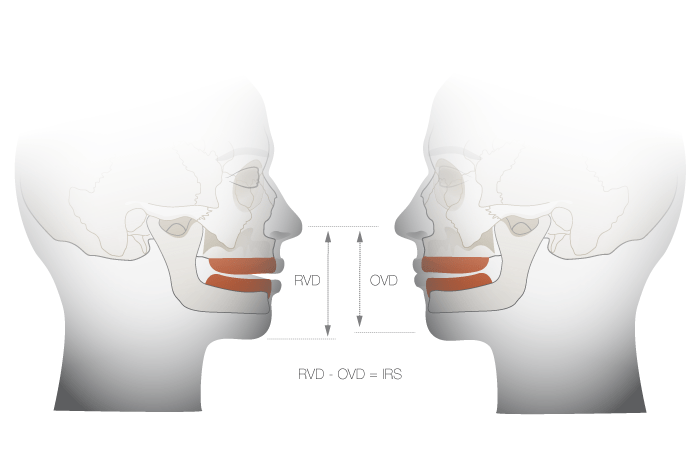
Esthetic assessment
Facial skin appearance is a primary consideration. The facial support is influenced by the presence or absence of underlying teeth beneath the cheeks and lips, together with a homogenous skin smoothness and tone. Aging reduces both the concavity and protrusion of the upper lip, flattens the philtrum and deepens the nasolabial grooves. An accompanying sagging look of the mid-face frequently results from atrophy of subcutaneous and buccal pads that cause hollowing-out of the cheeks as well as the presymphysial pad which leads to an eventual droop of the upper lip.
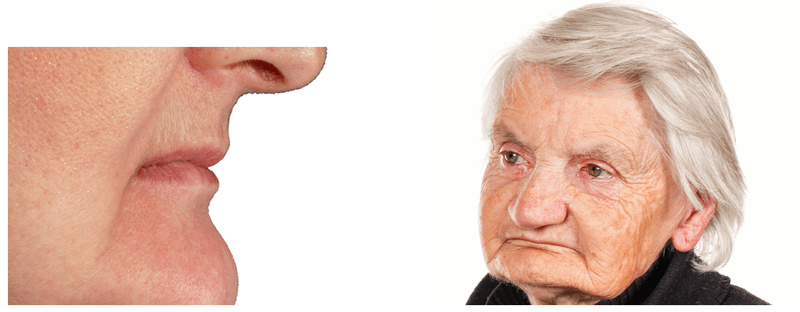
Phonetic assessment
Reliable phonetic tests are preferred and carried out with an emphasis on “ch”, "s" and “j” sounds - indicators of an average speaking space - enunciated accurately and repeatedly. If the distance between the teeth during sibilant sounds is too large, a shorter VDO is present; while contacting anterior teeth or clicking suggests a VDO that is probably too big. Phonetic tests are particularly effective when old dentures are modified with treatment liners in order to recover/establish an optimal VDO.
Implant treatment
Analyzing the edentulous patient`s VDO in the context of interarch space requirements that can accomodate implant and prosthodontic components is essential when planning for implant therapy.

